Being one of the earliest areas of European settlement in the United States means that Pennsylvania has an incredible, and in some ways unrivaled, architectural legacy that encompasses every major era in American history. We’ve got colonial taverns, frontier log cabins, charming farmhouses, monumental churches, imposing 19th century factories, one-of-a-kind government buildings, and everything else in between. But being the place where so many important events of our nation’s founding took place, and where America’s industrial age flourished, also means that the buildings that came after those periods don’t often get the attention or respect they deserve. That’s right, I’m talking about Modernism – the buildings of the post World War II era. The architecture of the automobile. The design of the Space Age.
This is the modernism of the Philadelphia neighborhood; of the corner store, super market, and the funeral parlor. It is also the modernism that lined the thoroughfares extending outwards from the historic commercial core and the modernism that shaped the burgeoning bedroom communities springing up in the surrounding countryside. Occupying this landscape were all the necessities: grocery and furniture stores, doctors’ offices and animal hospitals, bowling alleys, banks, police stations, family-owned retail shops, as well as office parks and schools. It’s remarkable to find that many of these buildings are every bit as exuberant as those found in the newer cities of the American West, however tempered ours may be by the realities of our winters (after all, in Los Angeles anything you could build would stay up) and by the limitations and contingencies of an existing fabric and history.
-William Whitaker, Curator
Most communities in Pennsylvania have at least one bank that looks like a spaceship, or an office building with more glass and metal than brick and stone. The problem is that we often look past these buildings, rather than at them, and by doing that, we’re missing the incredible story they’re telling us about design and culture in the mid 20th Century. This is especially true in the southeastern part of the Commonwealth, where Revolutionary War era buildings litter the landscape. So what is it exactly that we’re missing and how can we “re”discover it?
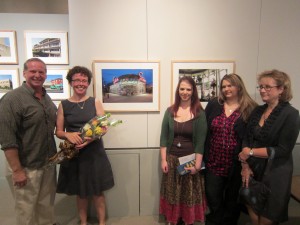
Betsy Manning poses with Patrick Kelly, owner of Stein Your Florist, and his family at the opening of “Uncommon Modern” on September 20, 2012.
To help answer these questions, PHMC partnered with the Architectural Archives of the University of Pennsylvania to mount a photographic exhibition showcasing Southeastern Pennsylvania’s mid-century vernacular architecture. Archives curator William Whitaker turned our office on to the work of Philadelphia-based photojournalist Betsy Manning, who has been shooting these modernist diamonds in the rough in her spare time for the past 20 years. By day Betsy works in the Photography Department at Temple University, but on the weekends she can often be found driving the commercial strips, side roads, and strip malls throughout the region looking for interesting, but probably overlooked midcentury landmarks to photograph. Over the years she’s amassed a very impressive collection of photos of buildings between Philadelphia and Harrisburg that collectively tell the story of everyday Modernism in the region. Many of the buildings she’s photographed have either been demolished or altered since her visits, so her images may be the only photographic record of some important 20th century buildings.
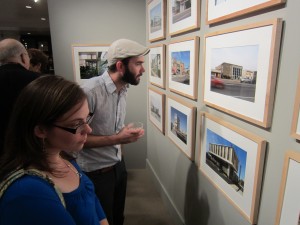
Ben Leech from the Preservation Alliance for Greater Philadelphia and Jill Hall from Delaware County Planning Dept. at the opening reception for Uncommon Modern.
The exhibit of Manning’s work, Uncommon Modern: Photographic Portraits of Midcentury Vernacular Architecture in Greater Philadelphia 1937-1970 was curated by Whitaker and includes images of 33 buildings from Philadelphia, Bucks, Chester, Delaware, Montgomery, Lancaster, and Dauphin Counties. While most of the featured buildings may appear relatively mundane, a few were designed by some of the region’s most influential architects of the 20th century, including Jack Thalheimer, Vincent Kling, Allan Berkowitz, and Herbert Bayer.
Uncommon Modern is on display at the Architectural Archives Monday through Friday 10am-5pm until January 18, 2013. The photos will be exhibited at the State Museum of Pennsylvania in 2014 as part of the Museum complex’s 50th Anniversary celebration.
Comment Policy
PHMC welcomes and encourages topic-related comments on this blog. PHMC reserves the right to remove comments that in PHMC’s discretion do not follow participation guidelines.
Commenters and Comments shall be related to the blog post topic and respectful of others who use this site.
Commenters and Comments shall not: use language that is offensive, inflammatory or provocative (this includes, but is not limited to, using profanity, obscene, or vulgar comments); disparage other commenters or people; condone illegal activity; identify the location of known or suspected archeological sites; post personal information in comments such as addresses, phone numbers, e-mail addresses or other contact details, which may relate to you or other individuals; impersonate or falsely claim to represent a person or an organization; make any commercial endorsement or promotion of any product, service or publication.
If you would like to comment on other topics not related to this blog post but related to PHMC, please fill out the PHMC Contact Us Form.
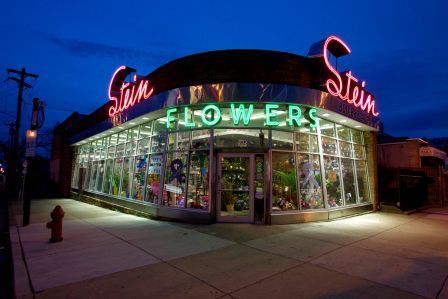
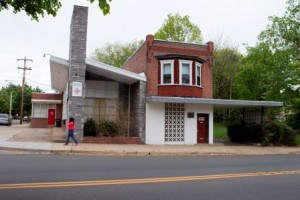
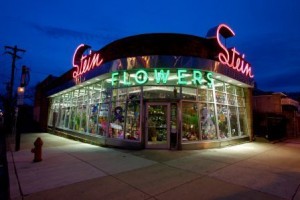
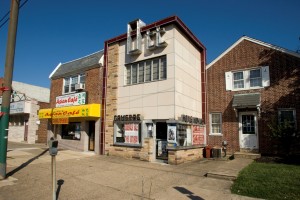
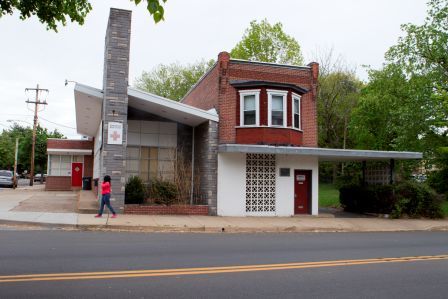
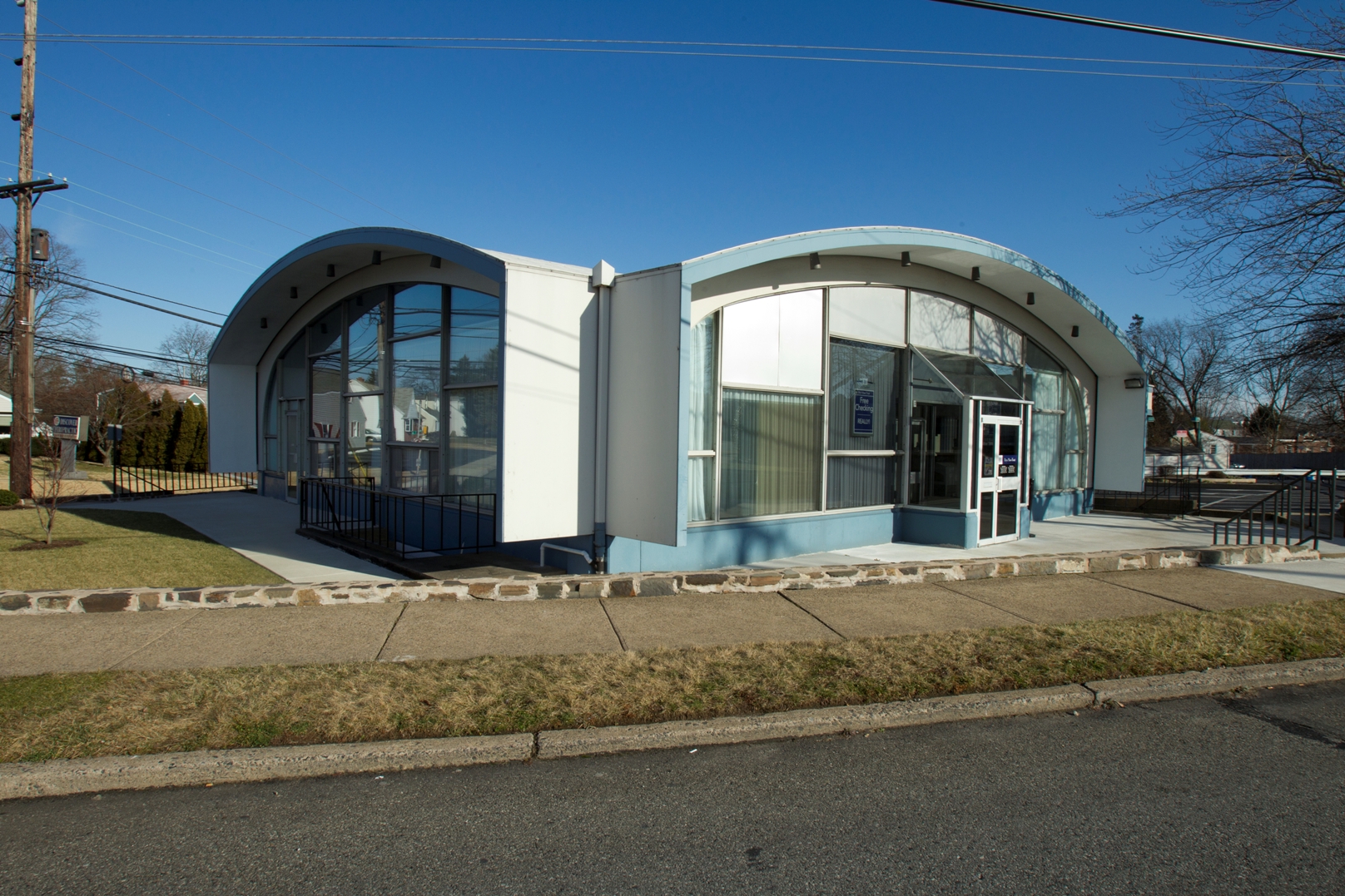

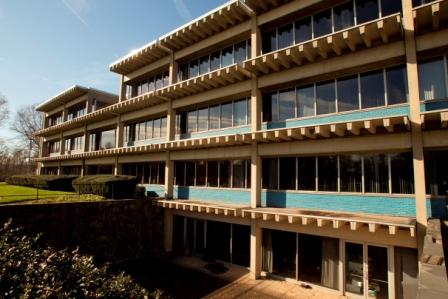
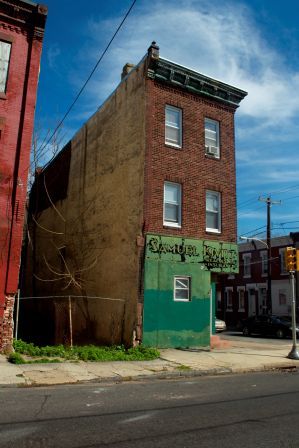


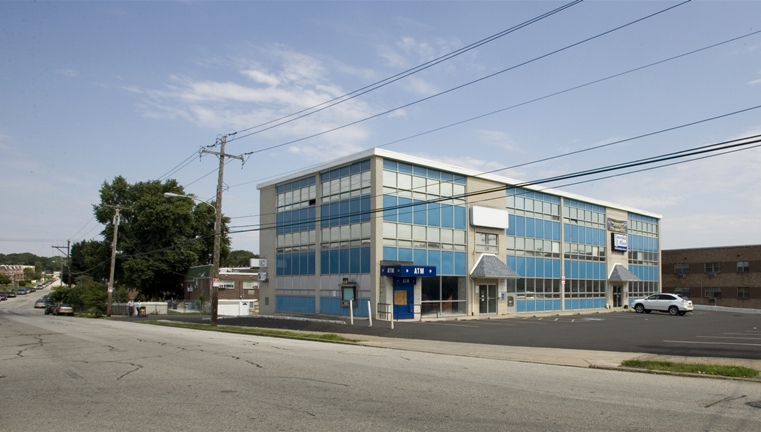

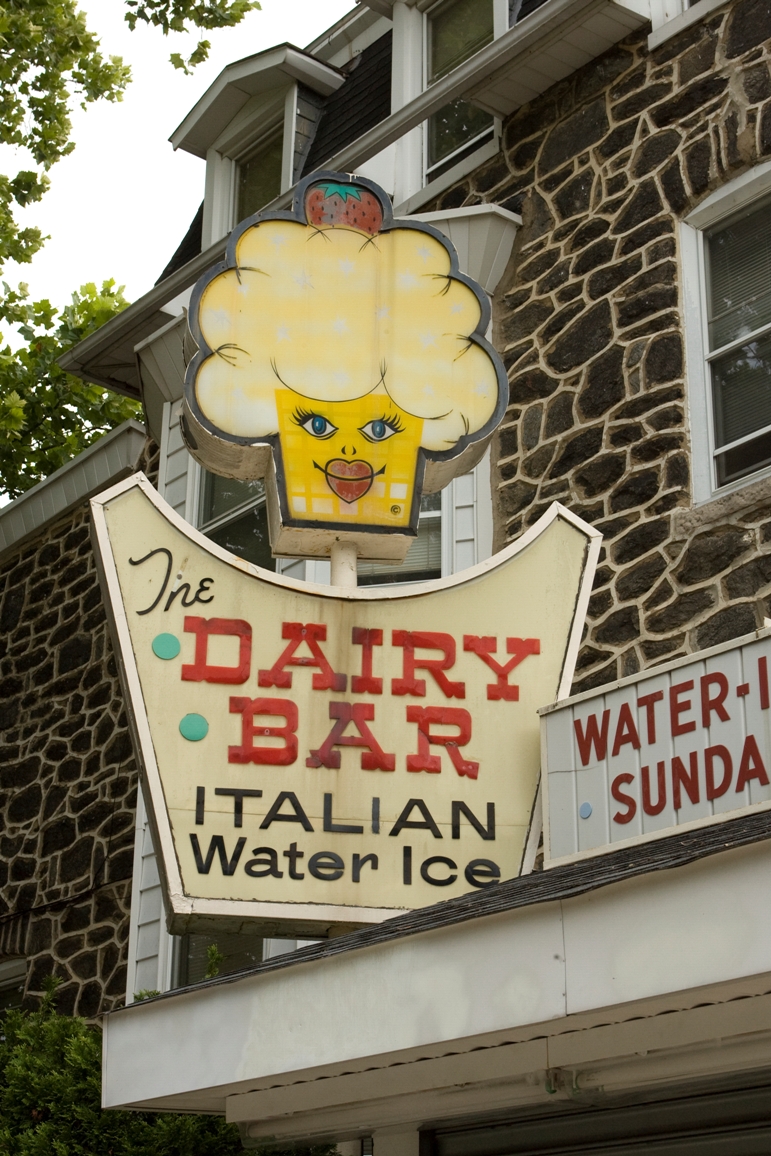
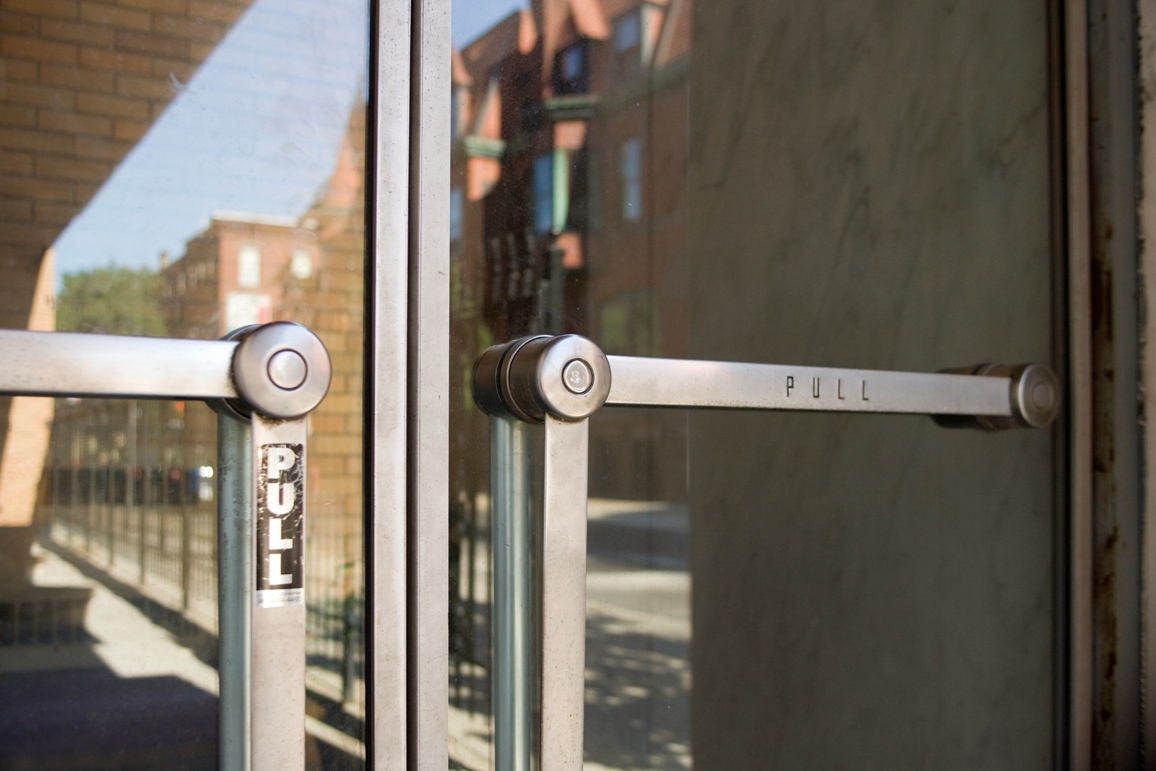
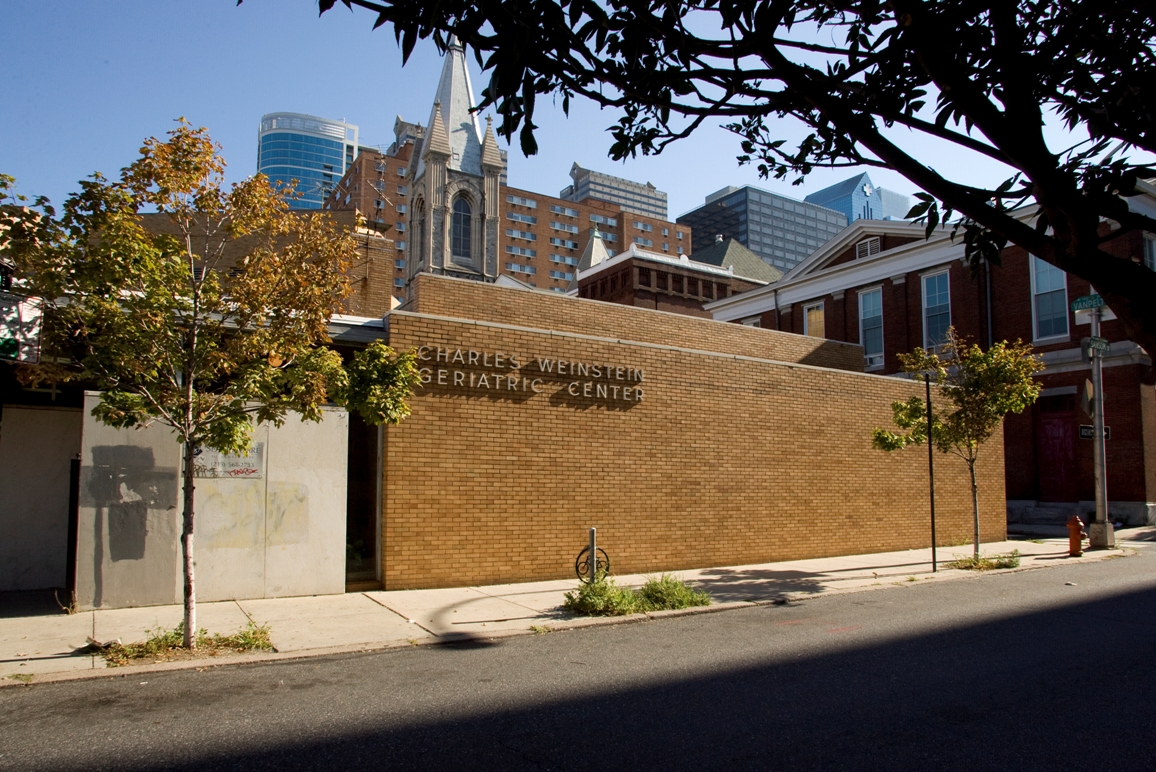
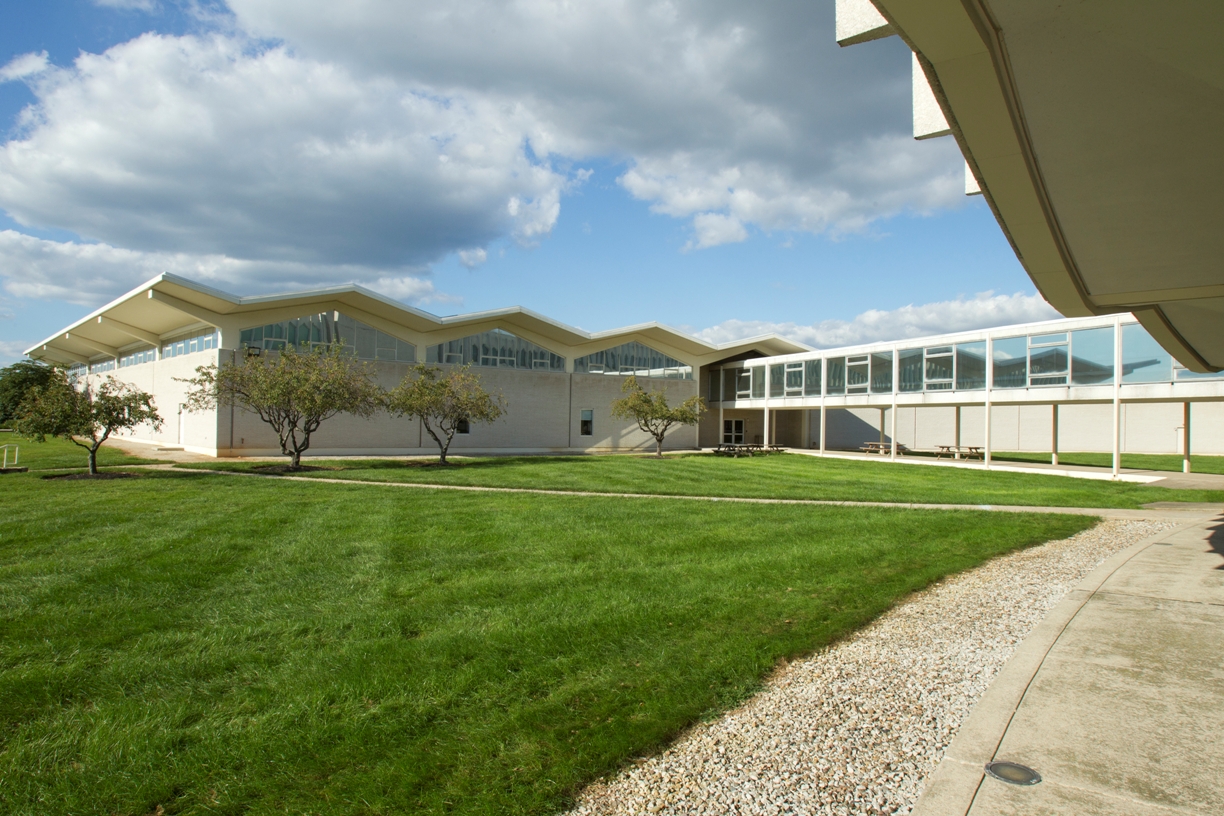
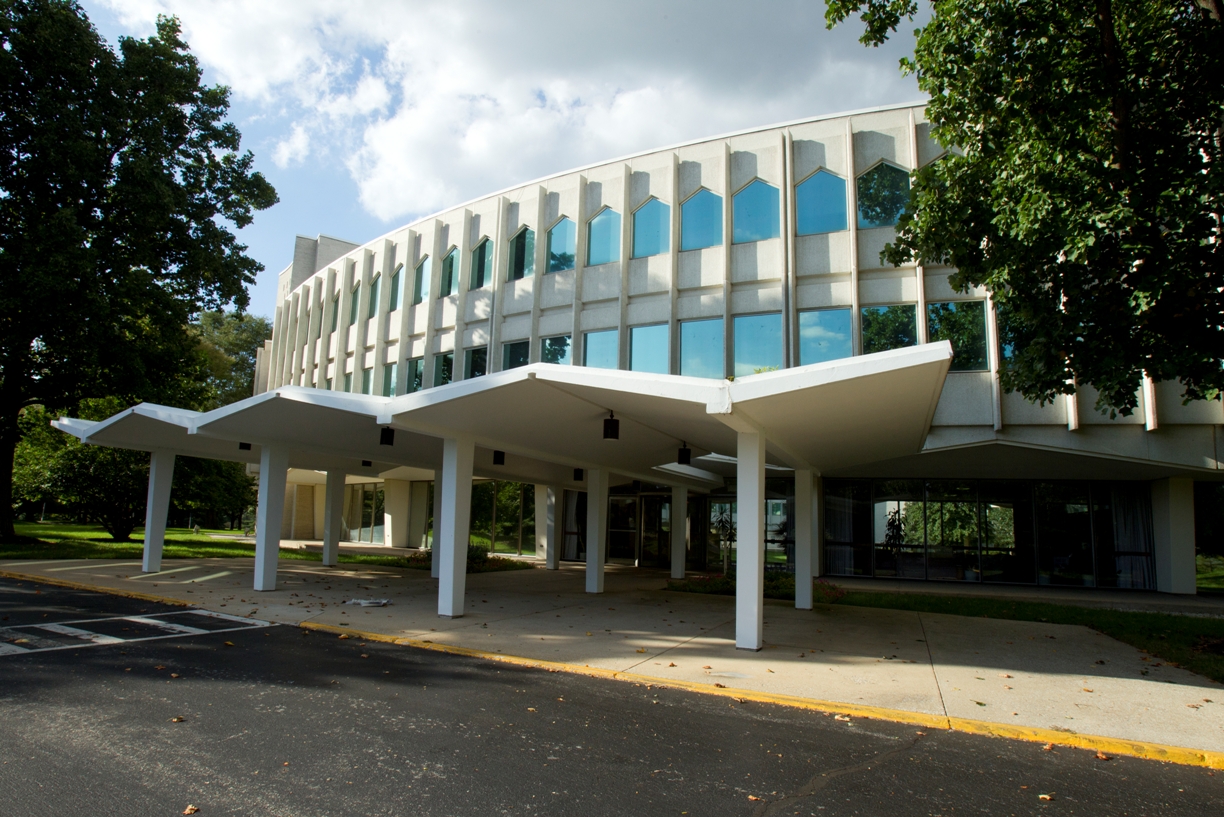

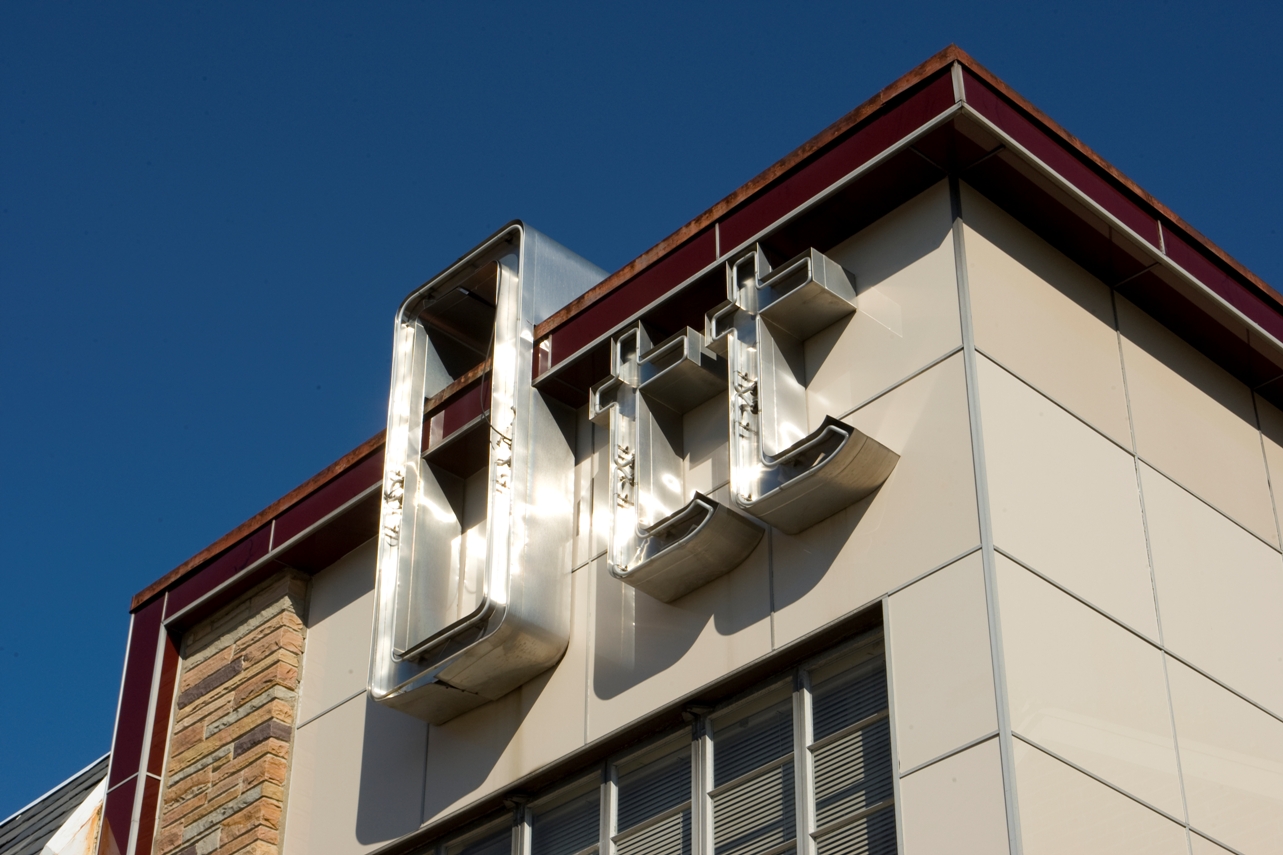
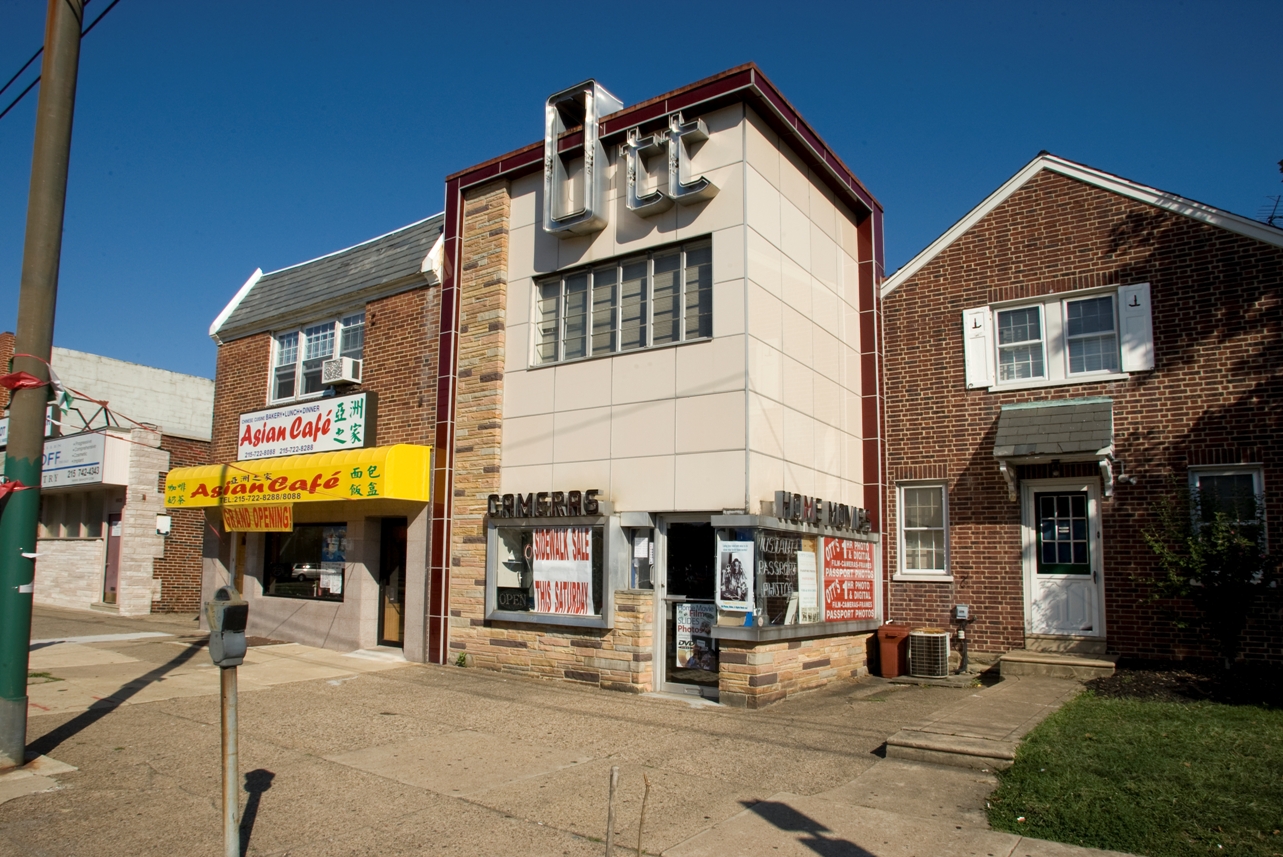
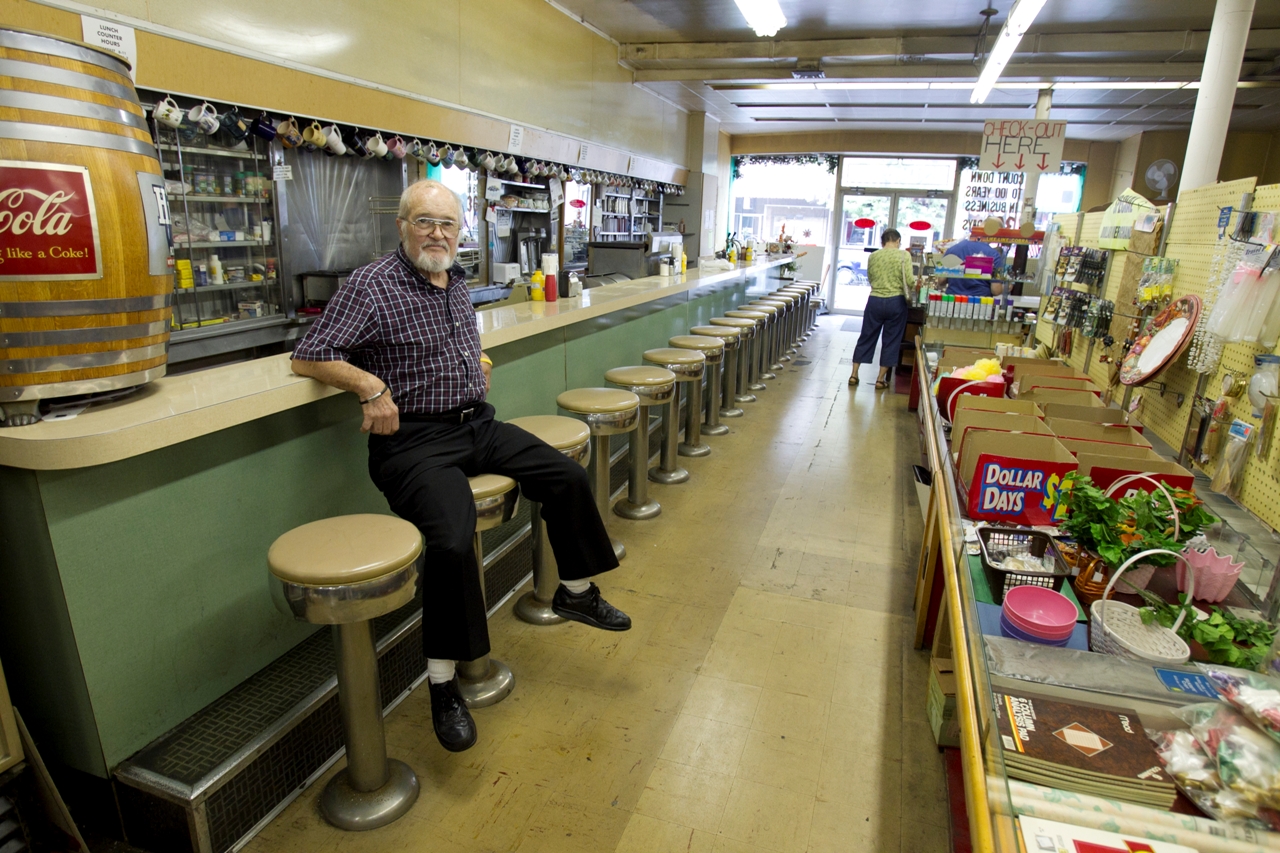
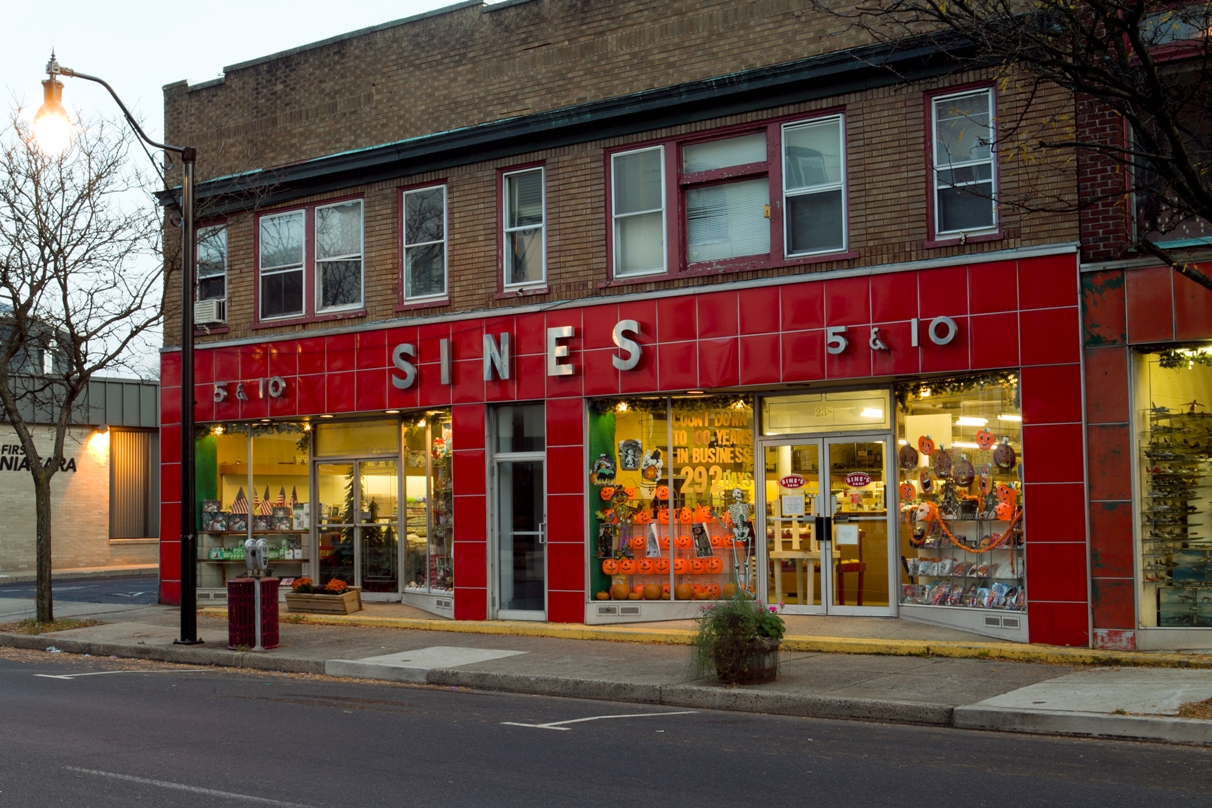
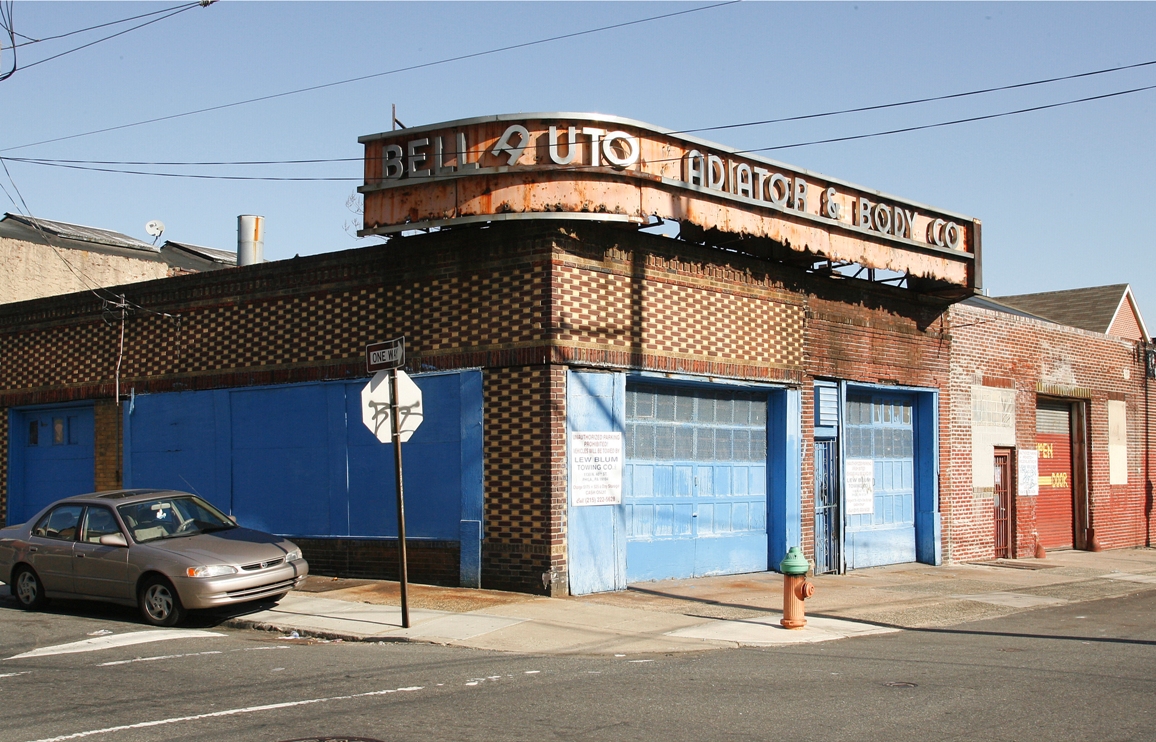

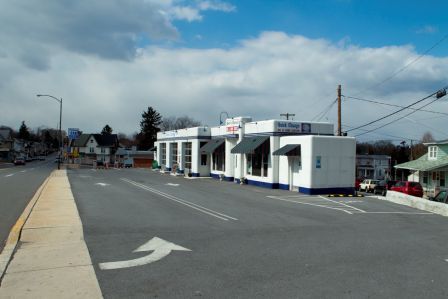
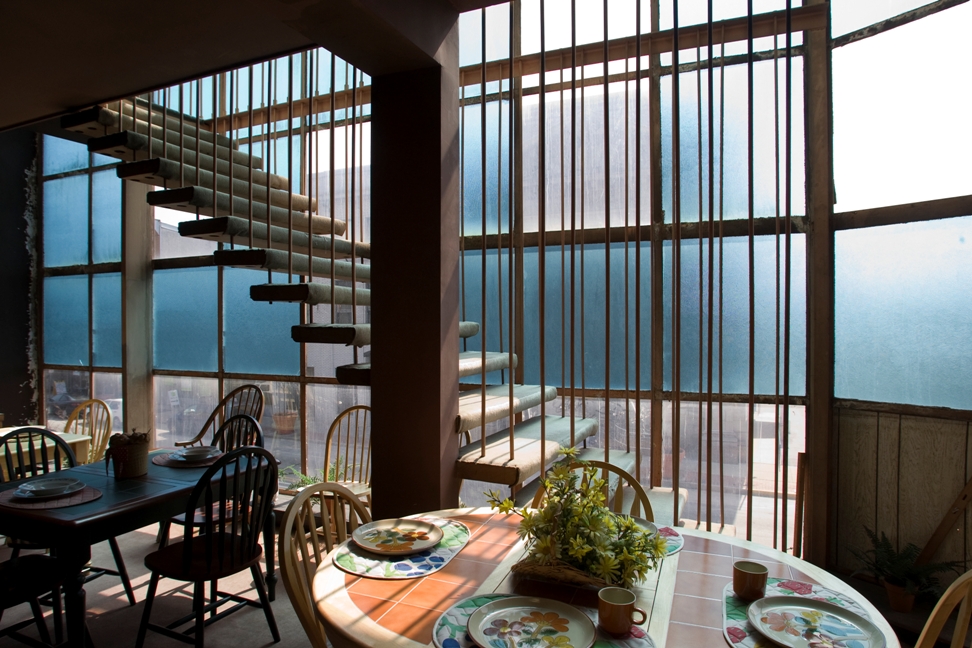
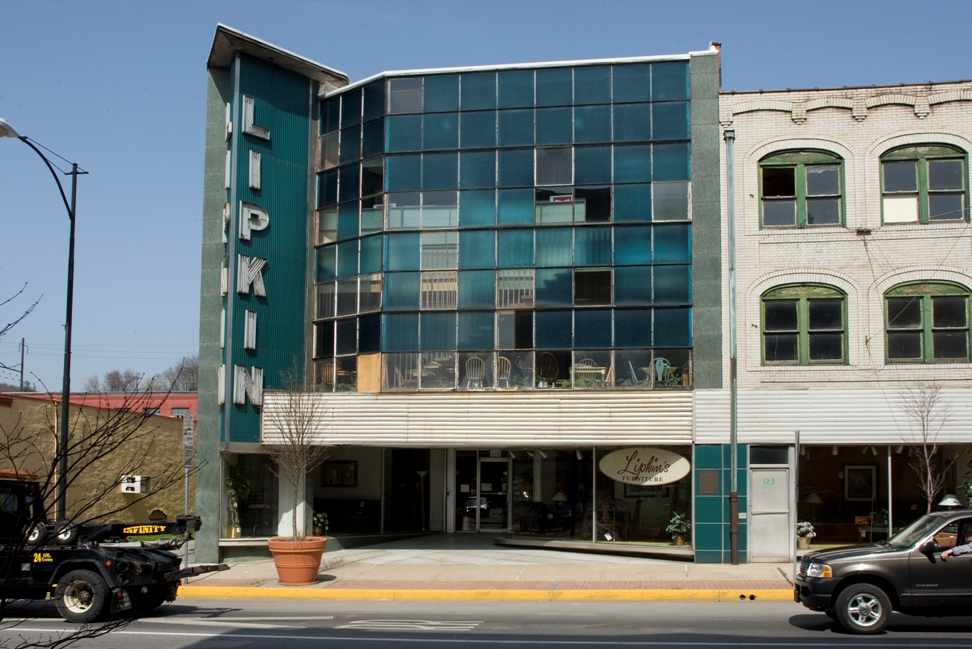
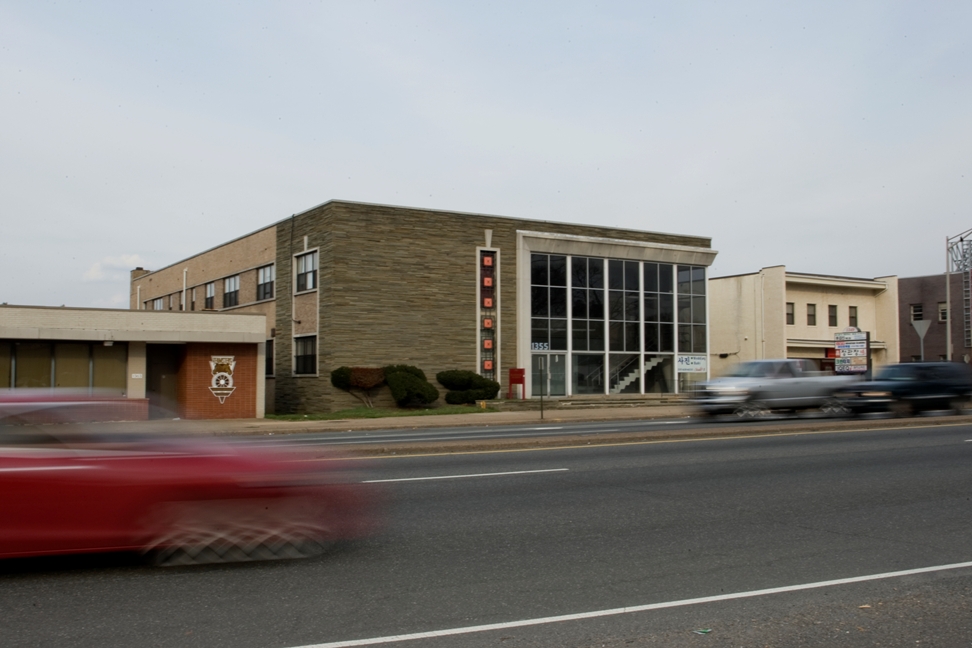

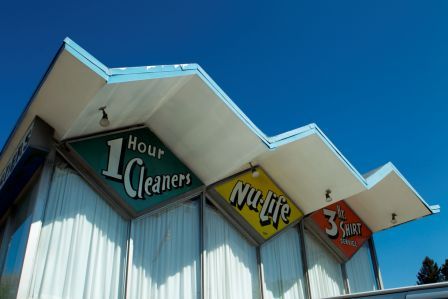
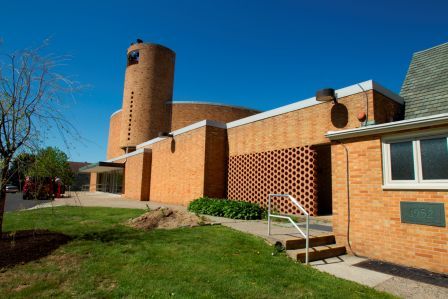
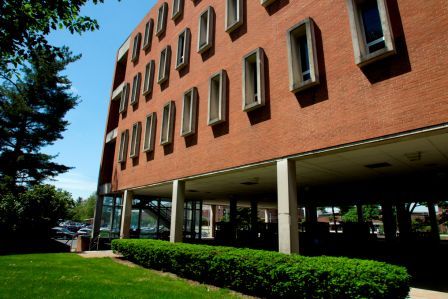
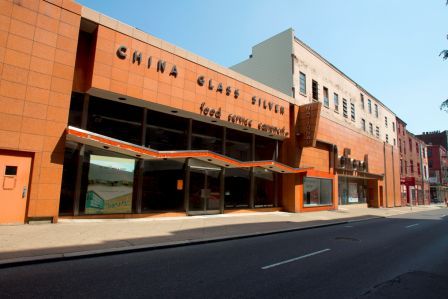
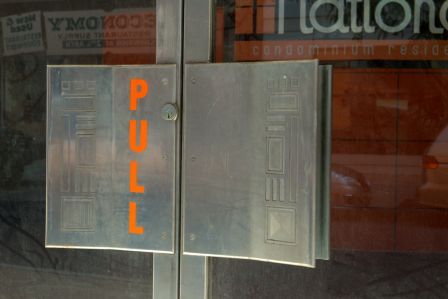
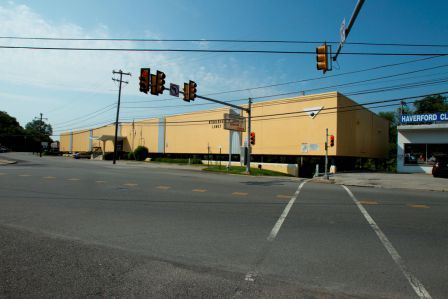

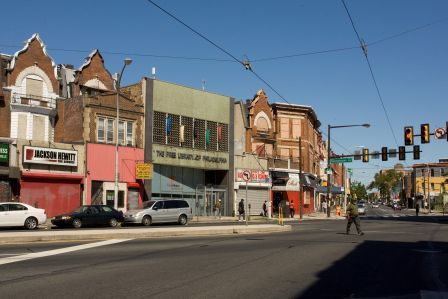
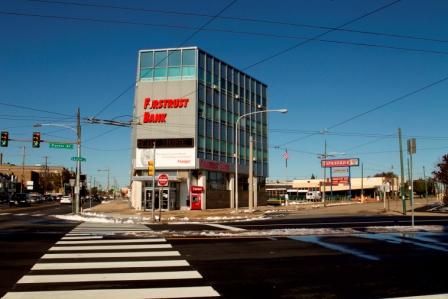
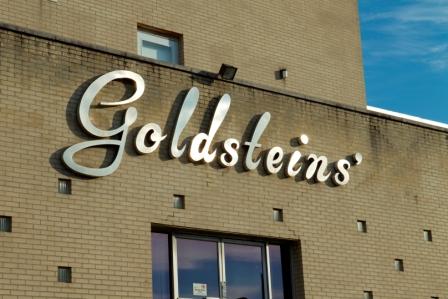
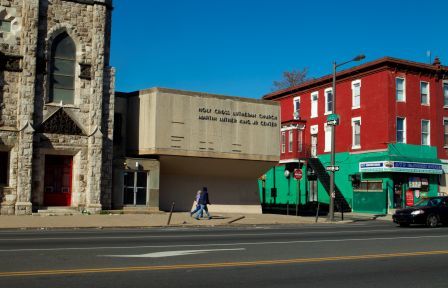

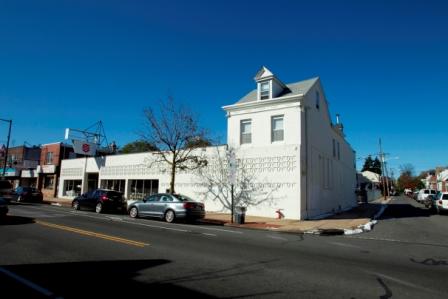

0 Comments
1 Pingback